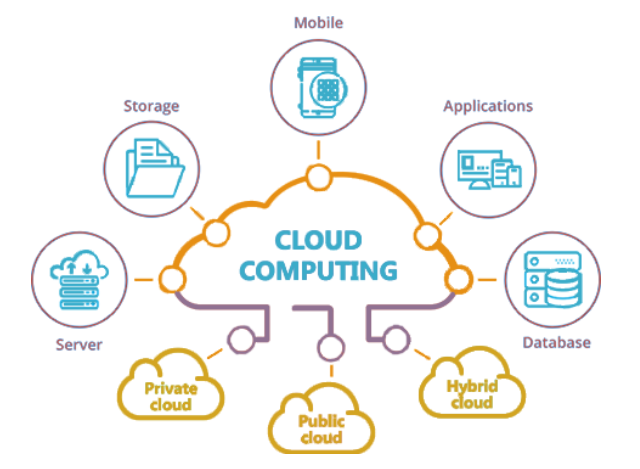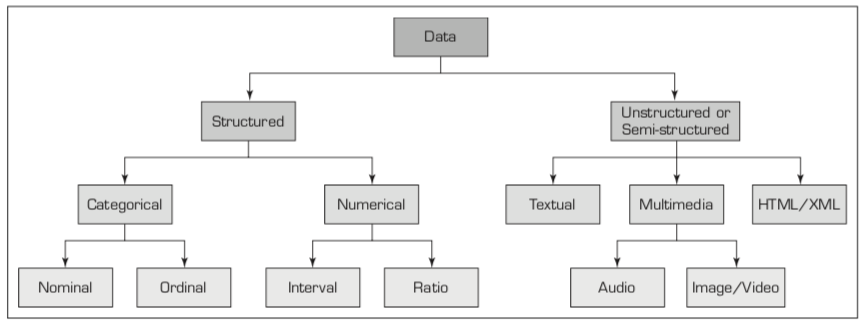The A to Z guide to digital content management
Discover 26 key terms used in digital content management, from API to ZIP and every letter in between.

In this post, you'll learn everything you need to know about digital content management.
The topic of digital content management – sometimes called digital asset management – concerns the storage, organization and delivery of all of the digital content used by an organization's content creators. This content can include document files, image files, audio files, video files and other types of data.
Read on to learn the most important digital content management terms from A to Z for all your content creation needs.
Key takeaways
-
Some of the key terms used in digital content management are API, brand asset management, cloud computing, DXP and encryption.
-
Keywording, lightbox, metadata, NAS and omnichannel marketing are also important terms with which to be familiar.
-
Digital content management systems also use the terms user permissions, version control, workflow, XML, yes/no attributes and ZIP.
Digital content management A-E
A: API
An application programming interface (API) is a protocol that enables two applications to "talk" to one another. Programmers use APIs to share data between one application or platform and another.
B: Brand asset management
A brand asset management system manages all of an organization's brand and marketing assets. Brand asset management is a subset of digital content management.
C: Cloud computing
Cloud computing refers to data storage and services that take place off-premises on a series of servers located across the internet. Authorized users located anywhere with an internet connection can access data stored in the cloud.

Image Source: https://medium.com/@colinbaird_51123/a-primer-on-cloud-computing-9a34e90303c8
D: DXP
A digital experience platform (DXP) is software designed to engage users across a variety of touchpoints. A DXP provides the foundation for a seamless digital journey for customers, tailored for specific devices and platforms. A DXP solution typically includes content management, analytics and insights, digital commerce, personalization and automation, omnichannel delivery and other essential services.
E: Encryption
Encryption is the process of scrambling the contents of a data file or communication so that it is unintelligible to unauthorized users. Only users with the authorized key can decrypt and use the data.
Digital content management F-J
F: Faceted search
Faceted search, also known as guided navigation, enables users to filter search results by adding and removing keywords and filters. These filters are called facets and help define what is subsequently displayed.
G: GDPR
The General Data Protection Regulation (GDPR) is a set of data privacy and security regulations enacted by the European Union. Any company doing business with customers in EU countries must be compliant with the GDPR.
H: Hosting
Hosting is the act of storing digital files and making them accessible to authorized parties. Hosting can be either on-premises or in the cloud.
I: Integration
Digital content management systems can be connected to other platforms and solutions to provide enhanced functionality. This integration enables the sharing and transfer of data from one platform to another.
J: JPEG
JPEG, also known as JPG, is a popular format for image files. Because it results in smaller files than other image formats, it's commonly used in digital content management.
Digital content management K-O
K: Keywording
Keywording is the act of applying descriptive terms as metadata to digital assets. It's particularly important for images that do not contain any text-based keywords.
L: Lightbox
A lightbox is a virtual area where users can store lists of assets for later use or downloading. It's similar to a shopping cart in consumer applications.
M: Metadata
Metadata is, essentially, data about data. It's descriptive information attached to each file or digital asset that enables the quick and easy retrieval of that content.
The following video details what metadata is and what it's used for.
N: NAS
Network-attached storage (NAS) is a data storage server connected to a computer network. A NAS server is tasked solely with storing digital files, not any other computer tasks, which makes it ideal for the large files associated with digital content management.
O: Omnichannel marketing
Omnichannel marketing presents your product, brand or company to customers across multiple channels, media and devices. An omnichannel approach provides customers with a consistent experience however they interact with your product or brand, fine-tuned for each specific channel.
Digital content management P-T
P: Protocol
A protocol is a standardized set of rules for exchanging, formatting or processing data. Digital content management uses several different protocols to enable the exchange of data between various systems and platforms.
Q: Query
A query is a request for information. Users construct queries to identify specific content in a database or digital content management system.
R: RTSP
The Real Time Streaming Protocol (RTSP) is a protocol used when streaming audio or video files. It consists of a set of commands for controlling playback, recording and other operations.
S: Search
Search is a key element in digital content management. Users use search tools and techniques, including queries, facets and filters, to locate specific assets in the database.
T: Taxonomy
A taxonomy is a hierarchical classification system that organizes content into defined categories. A biological taxonomy, for example, consists of Domain > Kingdom > Phylum > Class > Order > Family > Genus > Species. In digital content management, files are organized in a taxonomy consisting of a series of nested folders and subfolders.

Image Source: http://www.wemiibidun.com/2018/05/a-simple-taxonomy-of-data.html >>
Digital content management U-Z
U: User permissions
In digital content management, system administrators employ user permissions to restrict access to sensitive data and communications. Access is granted only as needed to enhance data security.
V: Version control
Version control is the process of tracking and managing changes made to documents and other digital assets. When version control is employed, users can easily return to previous versions of a document to see where and what changes were made and by whom.
W: Workflow
Workflow consists of the steps taken to complete a given task or process. Examining workflow in digital content management can help improve a process' efficiency.
X: XML
The eXtensible Markup Language (XML) is a standard for describing the structure of data exchanged between two systems. Digital content management systems use XML to integrate digital assets with third-party applications.
Y: Yes/no attributes
A yes/no attribute is a type of metadata field with controlled values. The accompanying asset either has (yes) or doesn't have (no) the given attribute.
Z: ZIP
ZIP is a popular file format used to compress multiple files into a single file. ZIP files take up less space than the previous files individually and enable the transfer of larger files via email and other media.
Let Optimizely help you employ digital content management
Optimizely's Content Cloud is a digital content management system (CMS) designed to power your users' digital experiences. It lets you create content once and then publish across multiple channels and platforms. Talk to our digital content management experts to see how Content Cloud can help your organization better manage its digital assets.
Ready to give it a try? Get started with a free account today!
